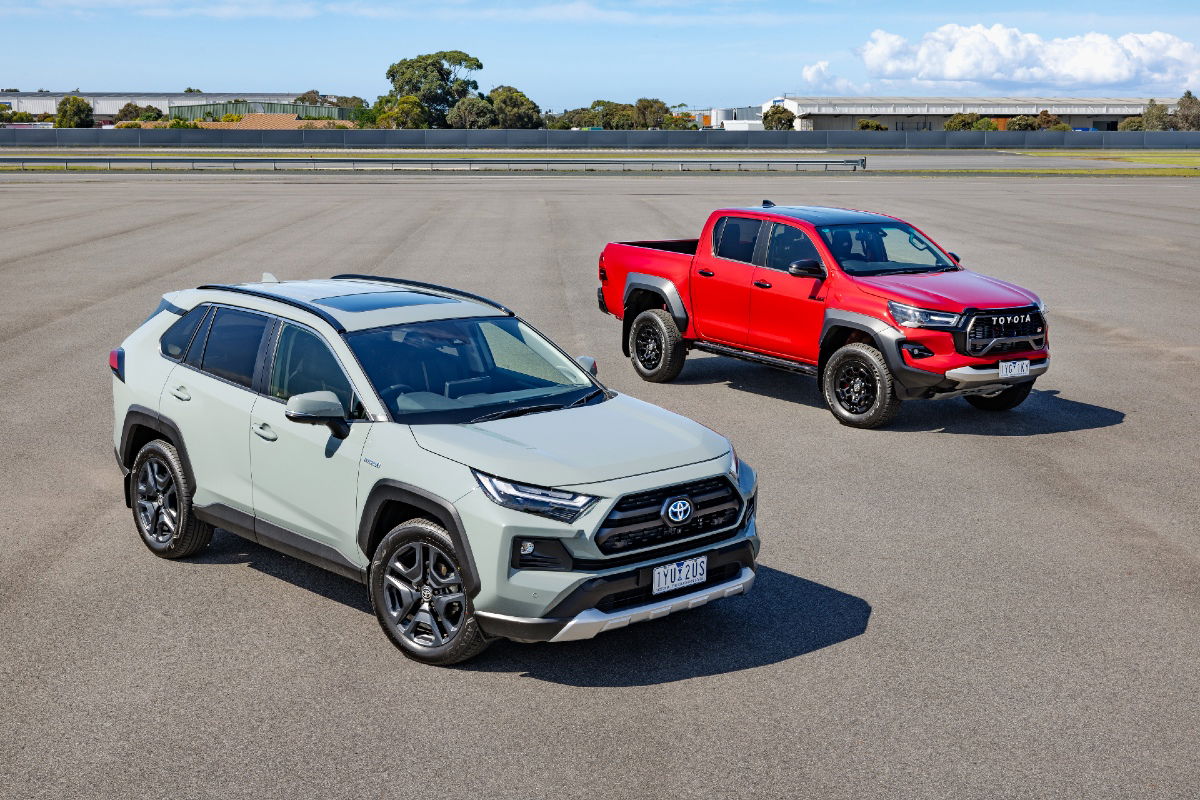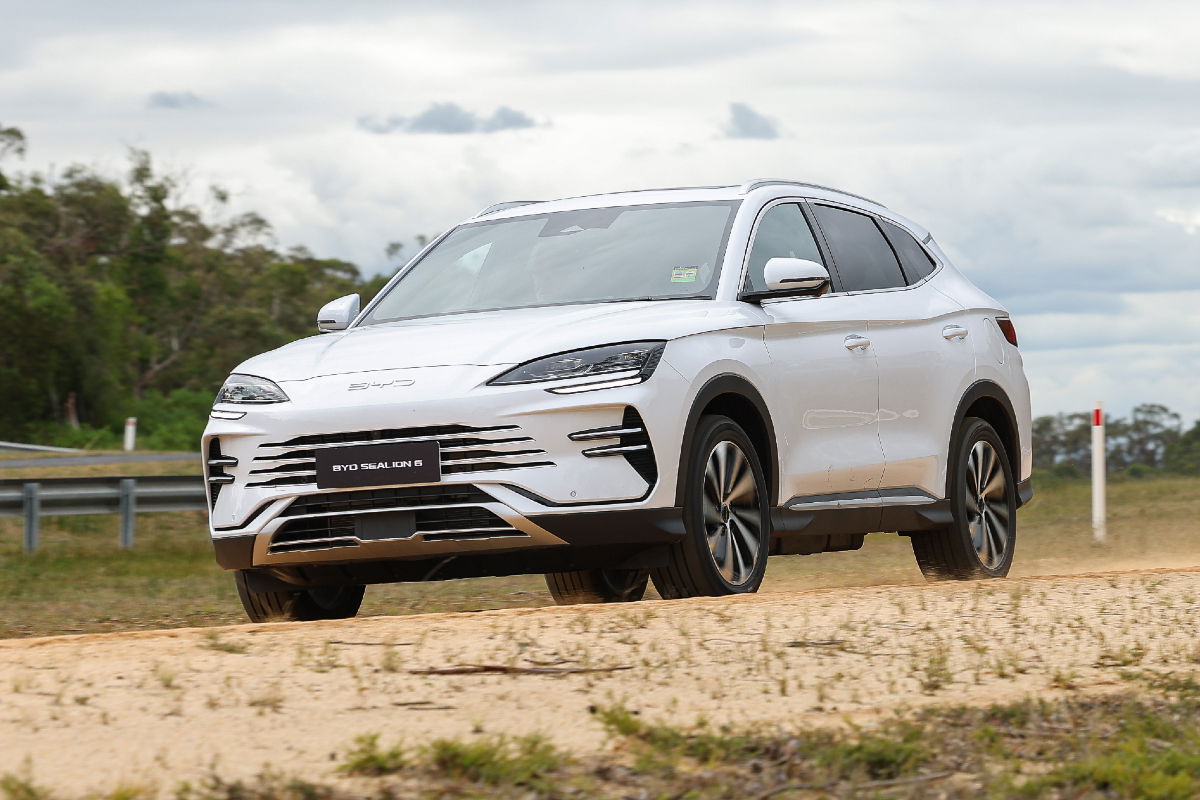
Australians have cooled on electric vehicles (EVs) but have found a future technology they are embracing – plug-in hybrids (PHEVs).
The latest new car sales data released by the Federal Chamber of Automotive Industries (FCAI) today shows EV sales remain less than 10 per cent of the market, but PHEVs have risen nearly 200 per cent in 2025.
However, at the top of the market it’s the old favourites that remain at the head of the pack, with the Toyota HiLux beating the Toyota RAV4 and Ford Ranger to top spot for July. Toyota continues to dominate the market, claiming half of the spots in the top 10 sales for the month.

Overall new vehicle sales were up 3.6 per cent on July 2024, with 103,097 new cars sold. Nine of the top 10 best-sellers in July are either a ute or an SUV, making it clear what Australian customers want. But what powers those vehicles is changing, with PHEV technology – which combines electric-only driving with a range extending internal combustion engine – proving increasingly popular.
Sales of PHEVs are up 183 per cent year-to-date, with China’s BYD leading the way, with its Shark 6 ute and Sealion 6 SUV consistently amongst the most popular PHEV sellers. But there are other strong performers, such as the Mitsubishi Outlander and Eclipse Cross, GWM Haval H6 and Mazda CX-60 and CX-80.
FCAI chief executive Tony Weber, who speaks for the car brands, said the July results were positive for the market and show consumer confidence is returning.
“We are now seeing confidence return to the market, supported by a recent interest rate reduction and anticipation of further easing,” Weber said.
“Consumers are responding with interest across most segments, particularly utes and SUVs.”

Tellingly, despite a history of disparaging remarks about EVs, Weber was happy to praise the rise of PHEVs, as many of the leading brands either offer the technology or are planning to.
“With more than 50 models available in 2025, plug-in hybrids have emerged as an important transition technology for many Australians, particularly those in regional areas or those with limited access to charging,” Weber said.
“They offer the ability to drive short distances on electric power while retaining the flexibility and range of a conventional engine.”

Despite this success, it is worth noting that sales of the BYD Shark 6 sales dropped 58 per cent, albeit after a record-high June. This drop coincides with BYD taking over Australian operations from previous partner EV Direct, but goes against the recent run of success for BYD and PHEV models.
However, the Shark 6 did remain the fourth most popular ute, behind the HiLux, Ranger, Isuzu D-Max and Mitsubishi Triton.
Top 10 selling models in July
1. Toyota HiLux – 4676
2. Toyota RAV4 – 4415
3. Ford Ranger – 3930
4. Ford Everest – 2425
5. Isuzu D-Max – 2351
6. Toyota Prado – 2339
7. Toyota LandCruiser – 2322
8. Chery Tiggo 4 Pro – 2065
9. Toyota Corolla – 1963
10. Hyundai Tucson – 1914
*Source: Federal Chamber of Automotive Industries












Discussion about this post